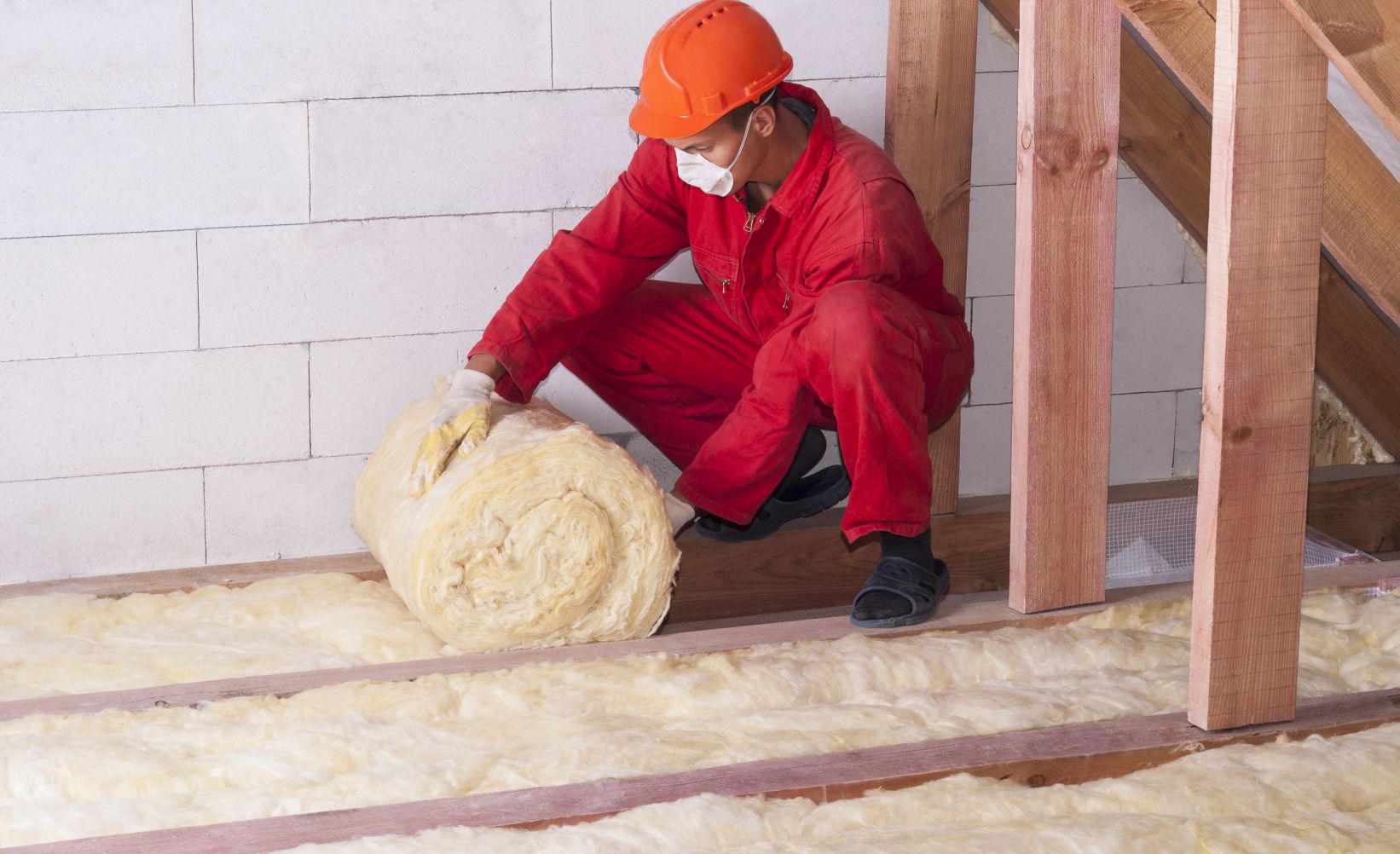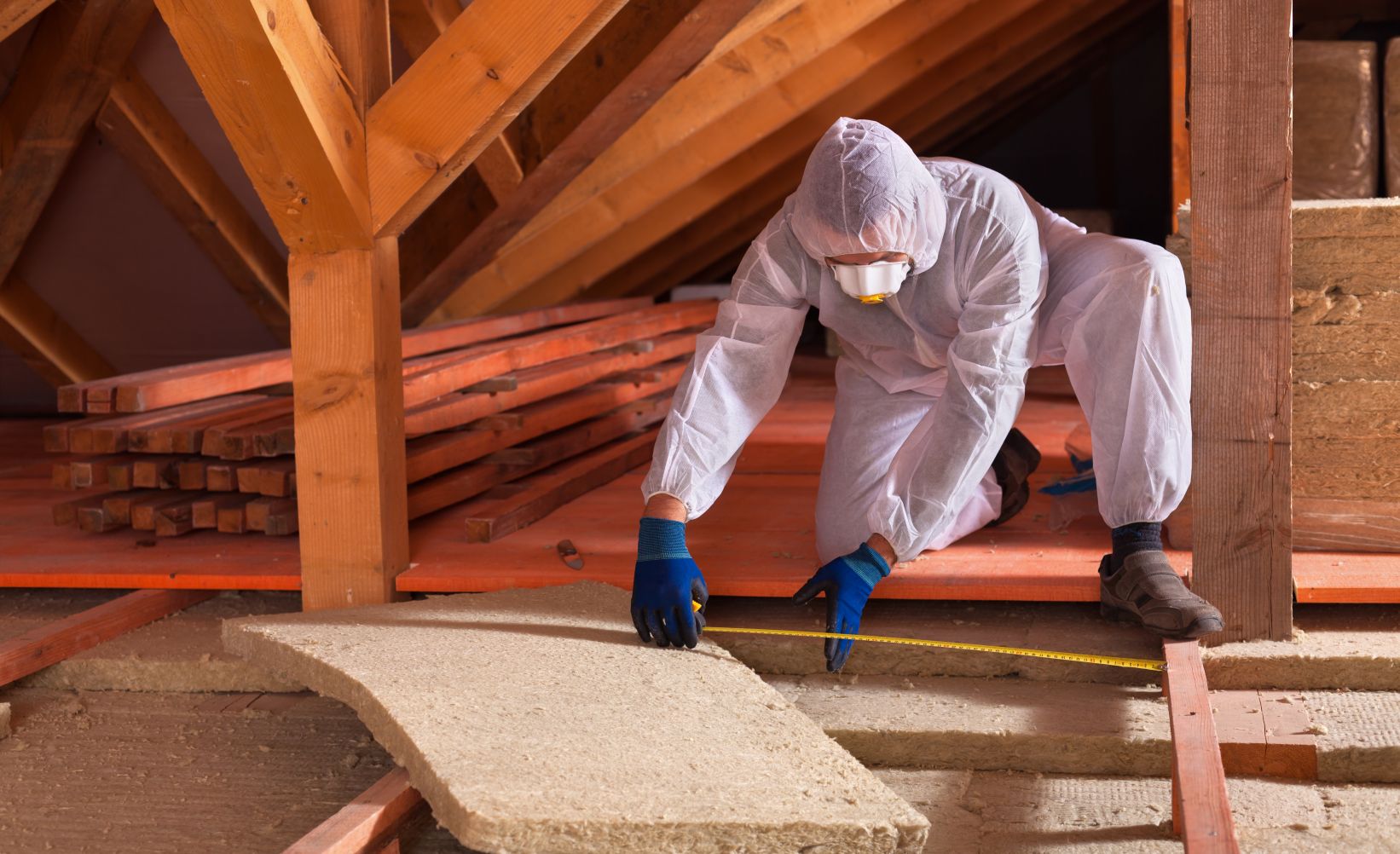What’s The Difference Between Fibreglass Insulation And Mineral Wool Insulation?
There are plenty of insulation materials to choose from for insulating a building, and each has its own benefits over the others. When it comes to choosing the right one, factors such as price, ease of use, R numbers, environments and more should be considered. Of all the materials available, fibreglass insulation and wool insulation are two of the most popular - and it’s easy to see why.
We’re going to take a look at both of these materials, and why they’re chosen for properties around the world, to make sure that when you need to insulate a property, you can make the best decision that meets all your requirements.
What Is Fibreglass Insulation?

Fibreglass insulation is one of the most common types of insulation material used in a property. It is made of recycled glass fragments and sand, spun into fibres and available in batts rolls and loose-fill bags. This makes it a versatile option that can be used throughout a building.
Offering a good R number per square inch, fibreglass insulation can be used in a lot of climates to help with thermal efficiency. You can add loose-fill over batts in some areas to increase the amount of insulation, however it should be checked periodically for mold as moisture can build up. If the material is flattened or squashed, it will also lose some of its effectiveness.
Installing Fibreglass Insulation
Fibreglass batts are easy to cut and measure, meaning you can fill any gaps with ease - and they can include vapour barriers for extra convenience. This is perfect for walls, floors and attics, as you can find the right measures for any space and install the insulation with minimal fuss.
Loose-fill fibreglass insulation is perfect for odd areas or for adding extra insulation on top of an existing material, although this needs a blower to ensure even distribution. You can install loose-fill by hand, but be careful to make it an even spread and to make sure you don’t compress it so much that it loses some of its usefulness.
What is Mineral Wool Insulation?

Wool insulation can cover two types of material; mineral and sheep’s wool. We generally recommend mineral wool - although it can also be known as stone wool or rockwool, too - as it offers a lot more benefits than sheep’s wool and for a better price.
Spun into fibres from ceramics and molten slag, mineral wool insulation is a great choice for many properties. It is more expensive than other materials, but offers a much better R number per square inch and is naturally fire resistant compared to other options. It also doesn’t absorb moisture as much as other insulation types, helping it last longer. The initial cost may be higher, but the long term lifespan will more than make up for it.
How Easy Is It To Use Mineral Wool Insulation?
Rockwool insulation can be found in batts and other pre-made formats, allowing you to fill gaps with ease. Once you know the measurements of the area needing insulation, you can cut the rolls to measure with ease due to the construction and density of the material. Other shapes and boards can be handled in the same way.
Unlike other materials, it is a denser type of insulation and can be a better choice for small or narrow gaps compared to insulation that shouldn’t be compressed or flattened. This means floors and walls are a perfect choice, although for an even distribution and R number, it works just as well in the attic, too.
Fibreglass Insulation vs Wool Insulation: Which Is The Better Insulation Material?
Mineral wool and fibreglass insulation both have great benefits that make them fantastic choices for plenty of buildings, but to find out which is the better choice, we need to look a little closer and compare them.
There’s no one size fits all option here, but with the right knowledge and forward planning, you can make sure you get the insulation material that delivers results and fits within your budget. This prevents unexpected costs and problems during the project, which causes delays and headaches for all involved.
Comparing R Numbers
One of the most important factors of any insulation material is the R number, the way we measure the thermal efficiency of the material. Each type of insulation offers different R numbers, measured per square inch, to accommodate for different budgets, local environments and more.
Fibreglass insulation offers an R number between 2.2 to 2.7 while mineral wool is higher with a 3.0 to 3.3 rating. This means mineral wool offers better insulation per square inch when used throughout a property, giving it the edge in this category.
The Difference In Price
With different materials, production processes, R numbers and more to factor in, it is no surprise that each type of insulation material will be priced differently. This means everyone can find an option suitable for their property and budget, however if the preferred material falls outside of the budget, you can look at other ways to support what is affordable or how things can be changed to address the issue.
As you might expect, fibreglass insulation, with its lower R number and different installation options, comes in cheaper than rockwool insulation. While more is needed to reach the same level of insulation offered by mineral wool, it’s not always needed in more stable and temperate climates - which plays a part in deciding which insulation to choose.
Other Benefits To Keep In Mind
A number of fibreglass insulation batts rolls come with a vapour buried attached, which is one less thing to worry about. Loose-fill fibreglass can also add extra insulation or fill in odd gaps much easier than cutting lots of small patches from bigger rolls.
Mineral wool insulation, however, doesn’t absorb as much moisture over time and comes with soundproofing qualities, too, which fibreglass does not. This is because there’s more air in fibreglass insulation, while mineral wool is a much denser material. While both are fire resistant to an extent, mineral wool is better in this regard, too, thanks to the nature of its material.
Fibreglass Insulation Or Wool Insulation?: The Verdict
While it’s hard to make a definitive decision, for its price - and the other benefits it brings - mineral wool does perform better than fibreglass insulation in many situations. The higher R numbers are the stand out statistic, but the soundproofing and fire resistant nature add more value to the higher price.
Fibreglass insulation is used in a lot of properties, however, especially where the climates and temperatures are more consistent and mild - as a smaller R number is needed for the right amount of insulation.
If it’s a choice between the two, your budget and environment will play big parts in your choice, but both will do better than a property without any insulation at all.
Still Have Questions About Insulation Materials?
There's a great range of rockwool and fibreglass insulation materials to choose from, making it easy to find the right products for any project. These are popular choices, and while mineral wool insulation has a lot to offer, fibreglass is useful and can produce great results in the right conditions.
If you’d like to know more about these materials, and the other options available, the team at U Value can help answer any questions you may have. We’ve worked with contractors and suppliers on a range of projects, and once we understand what you want to achieve and the budget you’re working with, we can help identify the best insulation materials for optimal results.
For further information please visit: https://www.uvalueinsulations.co.uk/contact or phone: London: +44 20 3481 1322 or Manchester: +44 151 546 3260.

